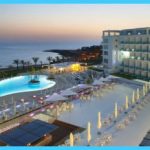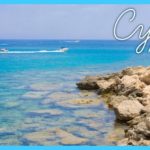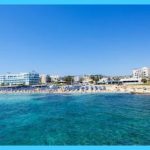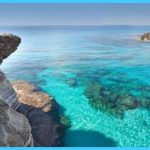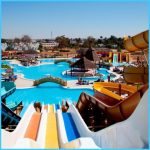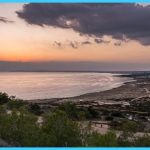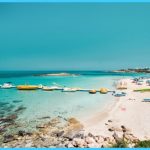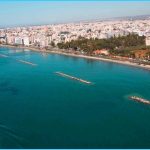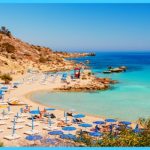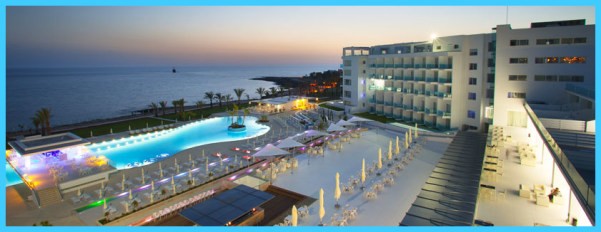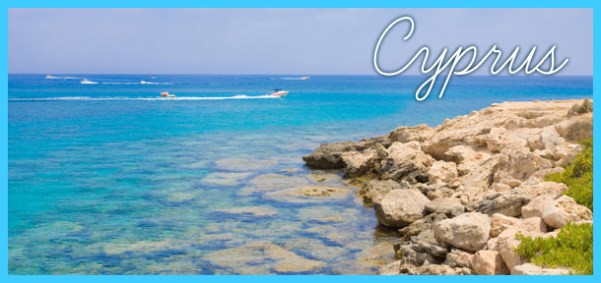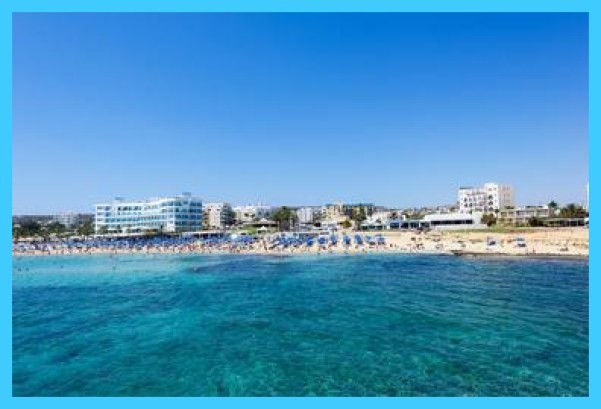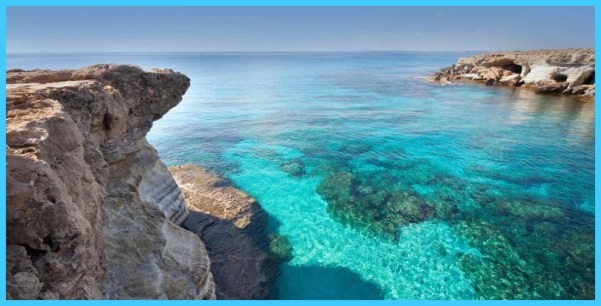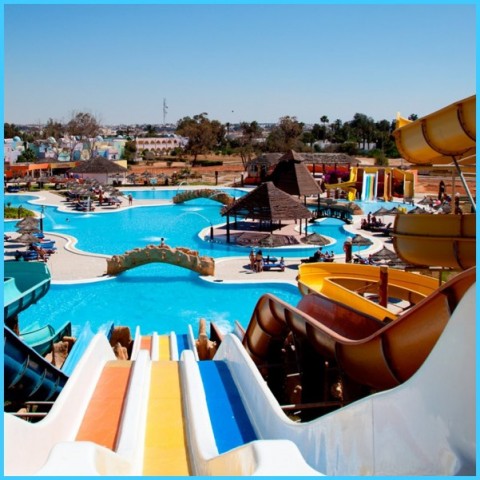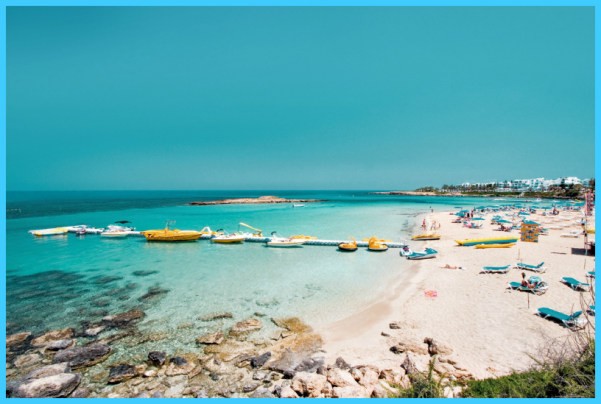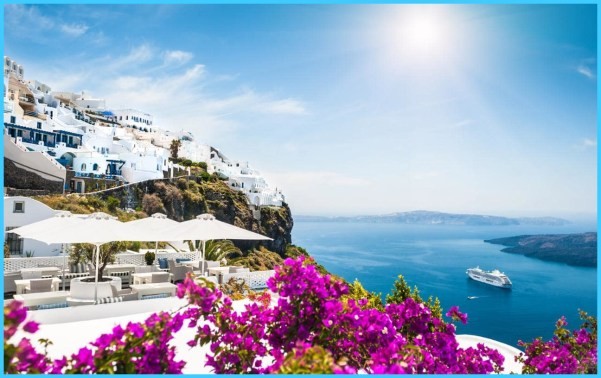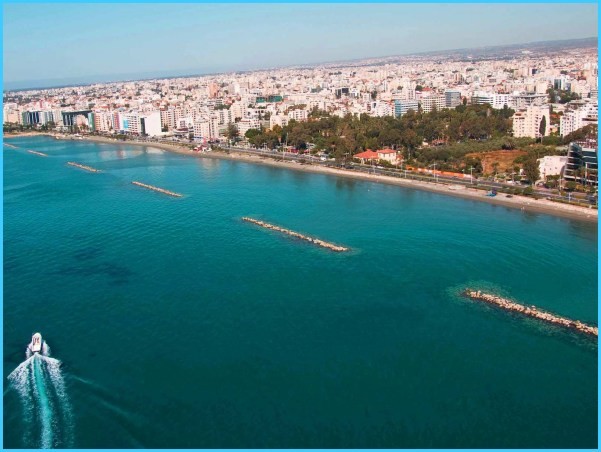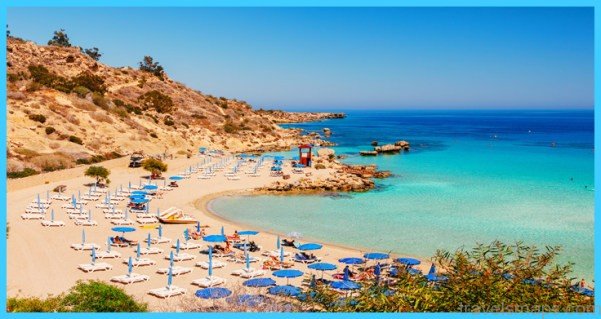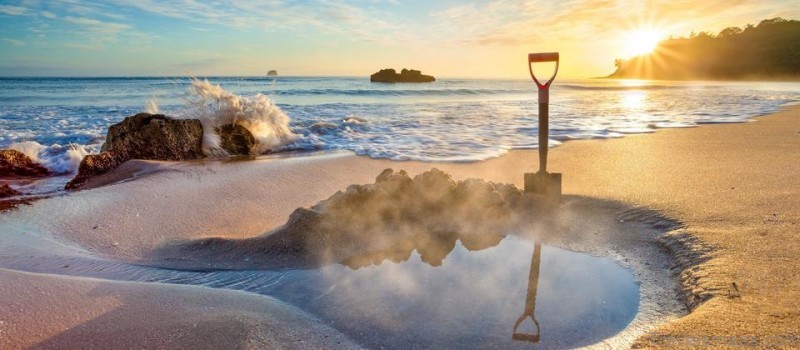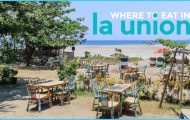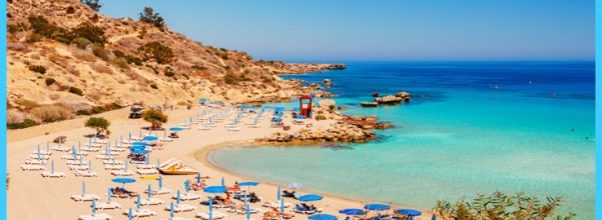
Frenaros, lying in the center of the Kokkinochoria region, comprises some fascinating traditional houses with spacious yards and arched entranceways, often embellished by carts belonging to the first decades of the century. The village is very old, as a neolithic settlement (7500 B.C.) has been unearthed in its administrative limits. Its churches are many and interesting. The contemporary church of Archangelos Michail of a Byzantine cruciform rhythm, with a walnut iconostasis, houses two enormous icons of the archangels. It stands only a few metres from the medieval church of Archangelos Michail which has two domes and some very old portable icons. It was initially covered with frescoes, though the present ones are of a later period. A short distance outside the settlement lie the churches of Agios Andronikos and Agia Marina. Agios Andronikos church is very small and built with carved limestone rocks in a cruciform Byzantine style. The church was originally frescoed throughout, while the floor of the church lies under the surface of the neighbouring fields. The 15th century church of Agia Marina is arched and built with carved limestone. A coat of arms bearing a cross dominates the upper part of the western entrance. The church of Agioi Irakleidios and Agios Anastasios inside the village do not possess any distinguishing characteristics except the decorated plates, inlaid in the shape of a cross over the two doors.
Avgorou, 19km north-west of Agia Napa, is a predominantly agricultural village. Its medieval and contemporary churches and monasteries are very interesting. Near the center of the village stands the large church of Agioi Petros and Pavlos with an impressive carved iconostasis. A Heroes Monument has been put up by the community next to the church. The small, domed church of Agios Georgios in the center of the village is peculiar in that it has a raised narthex. Several frescoes, albeit worn, betray the original decor of the church. Equally impressive is the relatively low belfry with its depictions in bas-relief. To the west of the village the visitor encounters the domed and cruciform church of Agios Georgios “Teratsiotis”, a 16th century building. Opposite the main entrance one observes two small niches, one of which contains a recent fresco of Agios Georgios. This church, which originally must have been covered in frescoes, features a coat of arms over the door, probably that of the
Ibelin family. To the north of the village, next to the old Nicosia-Famagusta road, the visitor comes across the monastery of Agios Kendeas. This monastery is built upon a small hillock overlooking the road. Most probably the domed church was built sometime during the 15th or 16th century. Agios Kendeas is considered to be one of the German saints who came to Cyprus to lead a monastic life in different areas of the island. It seems that Agios Kendeas first spent some time in Pafos, where there is a church dedicated to him. Later, he left Pafos and moved to an area within the jurisdiction of Avgorou. Today’s “holy water” could be the cave where the saint spent his last days on earth. Dasaki Achnas. A few kilometres northeast of Xylotymvou, you can take a close look at the abandoned houses, the broken doors and the gaping windows of the occupied village of Achna. Most of the refugees of Achna have, after the Turkish invasion, settled in the nearby Achna Forest (Dasaki Achnas), where a few weeks after the invasion, a refugee settlement, including other displaced persons, was set up. Near the refugee settlement lies the Achna reservoir, constructed in a suitable topographic feature between Avgorou and Achna. It is a large earthen reservoir, 18,2 metres high with a capacity of 5,8 million cubic metres. The constuction, completed by the end of 1987, is the end point of a scheme through which water from the Kouris dam, (Limassol district) via a pipeline is transported to Achna. Besides, amateur fishermen visit the reservoir and angle. Migratory birds, using Cyprus as a stopover on their Europe-Asia-Africa-route, find here a new place to rest, reproduce and enjoy the climate of Cyprus. Vrysoules. Very close to the British army camp of Agios Nikolaos, within the Eastern Sovereign Base of Dekeleia, one comes across a refugee settlement, known as Vrysoules or Agios Georgios. Vrysoules comprises a main road with shops, houses and some amenities to the left and right of it. This main road has had and still has direct links to the British army camp of Agios Nikolaos and a large part of the available establishments cater to the desires of the British soldiers. To the east of Vrysoules, and after the Turkish invasion of 1974, a large refugee settlement was constructed with the name of Agios Georgios. This name is due to the church of Agios Georgios, which is probably a 13th century building. It is a small, domed church which, initially, must have been frescoed, built according to the Byzantine rhythm and with two niches to the right and left of the entrance.
Best Place To Go In Cyprus For Families Photo Gallery
1 January: New Year’s Day. This is a very significant day for the Greek Cypriots who celebrate the New Year’s Eve with drinking, singing, dancing, or playing cards. People in towns and especially in villages attend church in the morning of the New Year’s Day.
6 January: Epiphany Day. In seaside towns and some big villages after the morning service, either the bishop or the priest heads a procession to the sea where the water is blessed. A cross is thrown into the sea where young divers swim to find it.
Green Monday or Clean Monday: This day is celebrated forty days before Easter Day. It is the beginning of Lent and almost everybody goes out to the countryside to picnic.
Best Place To Go In Cyprus On Holidays
Carnival Day: It takes place some days before the beginning of the Lent. People in Limassol and to a lesser extent Pafos as well as in other towns and some big villages parade in the main streets disguised and dressed in fancy costumes.
25 March: It is a major Greek national day as well as an important religious holiday.
1 April: It is a Cypriot National Day with secondary school pupils as well as students of higher institutes attending church service.
Best Place To Go In Cyprus
Easter Day (March/April): It is the most important holiday for the Greek Cypriots with a solemn mass and chanting on Good Friday night, with a midnight service on Saturday accompanied by fireworks and with a church service on Sunday mid-day. During Sunday in towns and on Monday and Tuesday in most villages, apart from the cracking of the red eggs, traditional dancing and various local games are carried out. Good Friday, Good Saturday as well as Monday after Easter are public holidays.
1 May: The first day of May is not only celebrated by workers but by all Cypriots, being a public holiday.
15 August: It is a religious holiday for the Greek Cypriots.
1 October: It is the Day of Cypriot Independence, celebrated with military parade in the main towns of Cyprus, particularly in Nicosia, before the President of the Republic and other Officials.
28 October: It is an important Greek National Day, well-known as “Ochi” or “No” day, because on that day the Greeks refused Mussolini’s demand in 1940 to enter Greek territory. Veterans as well as school pupils parade in the streets carrying Greek flags as well as their school banners.
25 December (Christmas Day): A religious holiday for the Greek Cypriots. The 26th of December is also a public holiday.
Note: Most of the Greek orthodox religious days are also public holidays for the rest of the Christian minorities in Cyprus, like the Armenians,Catholics, etc.
All public services and most of the private enterprises and shops are closed on public holidays.
Maybe You Like Them Too
- The Best Places To Visit In North America For Christmas
- Faro Travel Guide: Map of Faro
- Mumbai Travel Guide For Tourists: Map Of Mumbai
- Travel to Budapest
- Thailand Travel Guide for Tourists: The Ultimate Thailand Map

